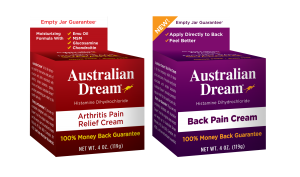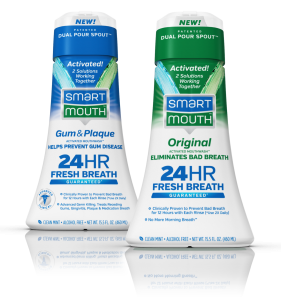On May 31st David Biernbaum will be leading a seminar in St. Louis discussing topics such as strategic marketing plans and common mistakes of retailers.
St. Louis, Mo. (PRWEB) May 20, 2007 — For privately held, moderate-to-midsized consumer packaged goods companies, marketing and sales consultant David Biernbaum is their David vs. Goliath. For more than 27 years, Biernbaum has helped companies maneuver the sea of competition fighting for retail shelf space, helping brands carve out niches and position themselves to become some of the most beloved brands and sales super heroes of their categories.
On May 31st, Biernbaum, launches the first in his series of consultative “Coffee Talks”. Biernbaum will share the secrets that have made the difference for dozens of companies in their quest for regional, big box and global shelf space.
According to Biernbaum, “It’s easy for privately held CPG companies to make missteps. I talk to them like a friend in the business. It’s important that they know what they really need and want to know. That includes answers and practical knowledge about everything from the NACDS Marketplace, ECRM and all the major retail chains.”
The Coffee Talk series will take place in St. Louis, near the St. Louis Airport, making the summit easily accessible for entrepreneurs coming for all over the U.S, and Canada. Biernbaum, known as a hands-on senior marketing and sales VP for growing niche brand companies, holds the key to the Pandora’s Box of answers of what it takes to make it in today’s competitive consumer goods retail landscape.
A portion of the Coffee Talk will focus on retail. Topics and discussion points will include: What are the most practical ways to approach the mega-billion giant retailers who exert such enormous power and influence over which brands fly or flounder. What are the common mistakes and pitfalls for how these retailers are approached? What do they expect from you when you walk in the door? What types of meetings really work, and what types of meetings really do not? What are the real motivators? What are the real turn-off’s that you might not notice until several months later? What are the politics, the nuances, and infrastructures that drive decisions with each retailer, specifically? What are the real preparations needed for successful appointments? What is worthwhile, and what not? What is the real substance I need? How important is my product? What prevents many new innovative products from getting chosen, even with great pricing and good margins? What are the roles of the buyer, the category manager, and where does senior management come into play?
According to Biernbaum, a CPG’s relationship with its broker can be one of the primary cornerstones of its success. Most reputable brokers in each market are very knowledgeable and helpful, and have good relationships with retailers in their markets, and many retail buyers prefer that CPG’s use brokers for any number of reasons. However, it is absolutely essential and critical to your company’s health that you have a completely realistic understanding about brokers, and the entire broker process, immediately and upfront. At the Coffee Talk session, Biernbaum will have an in-depth discussion about brokers, covering topics ranging from hiring, reliance, expectations, appointment and door-opening, and the 6 common mistakes most companies make with brokers.
One of the biggest blunders Biernbaum has seen companies make is in their own planning. Biernbaum’s Coffee Talk will address critical elements for success including the real cost associated with launching new items; competing in categories dominated by giants; return on investment with trade advertising; and a crash course in key CPG industry terms.
In addition, Biernbaum will provide tips on activities and things to look out for before, during and after each tradeshow or conference to maximize each experience.





